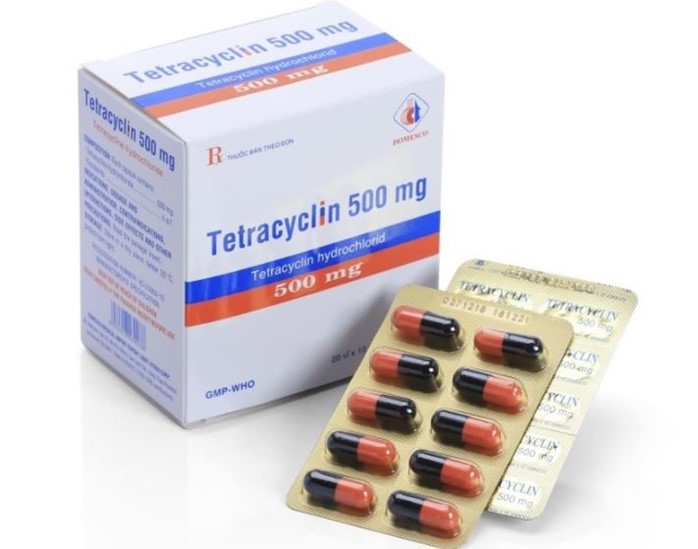A nurse is caring for a client who had a stroke and has manifestations of dysphagia. Which of the following interventions should the nurse take?
Use liquids to clear food from the client's mouth.
Tilt the client's head backwards to facilitate swallowing.
Add a thickening agent to liquids.
Place the client in a semi-Fowler's position.
The Correct Answer is C
Choice A reason: Using liquids to clear food from the client's mouth is not a safe intervention for dysphagia. Liquids can easily enter the airway and cause aspiration, which is the inhalation of food or fluids into the lungs. Aspiration can lead to pneumonia, respiratory distress, and death.
Choice B reason: Tilting the client's head backwards to facilitate swallowing is not a safe intervention for dysphagia. This position can also increase the risk of aspiration, as it opens the airway and allows food or fluids to flow into it.
Choice C reason: Adding a thickening agent to liquids is a safe and effective intervention for dysphagia. Thickened liquids are easier to swallow and control, as they move more slowly through the mouth and throat. They also reduce the risk of aspiration, as they are less likely to enter the airway.
Choice D reason: Placing the client in a semi-Fowler's position is not a safe intervention for dysphagia. This position can also increase the risk of aspiration, as it lowers the head and neck and reduces the closure of the airway. A better position for dysphagia is upright or high-Fowler's, which elevates the head and neck and enhances the closure of the airway.
Nursing Test Bank
Naxlex Comprehensive Predictor Exams
Related Questions
Correct Answer is D
Explanation
Choice A reason: Checking gastric residuals every 8 hr is not frequent enough, as it can miss signs of delayed gastric emptying, which can cause aspiration, nausea, vomiting, or abdominal distension. Gastric residuals should be checked every 4 hr.
Choice B reason: Returning gastric contents if residual is less than 250 mL is not advisable, as it can increase the risk of infection, contamination, or electrolyte imbalance. Gastric contents should be discarded if residual is more than 100 mL.
Choice C reason: Measuring the pH of gastric residual every 24 hr is not necessary, as it does not reflect the effectiveness or tolerance of the feeding. The pH of gastric residual should be checked before each feeding or every 6 to 8 hr to confirm tube placement and prevent misconnection.
Choice D reason: Flushing the tube with 15 mL of water every 4 hr is a correct action, as it can prevent clogging, maintain patency, and clear the tube of formula residue. Water should also be used to flush the tube before and after each medication administration.
Correct Answer is D
Explanation
Choice A reason: Increasing vitamin C intake while taking this medication is not necessary, as vitamin C does not interact with tetracycline. Vitamin C is important for immune function, wound healing, and collagen synthesis.
Choice B reason: Eliminating raw fruits and vegetables until 2 weeks after completing this medication is not required, as raw fruits and vegetables do not interfere with tetracycline. Raw fruits and vegetables are good sources of fiber, vitamins, minerals, and antioxidants.
Choice C reason: Taking a folic acid supplement while on this medication is not advised, as folic acid can reduce the absorption and effectiveness of tetracycline. Folic acid is essential for DNA synthesis, cell division, and red blood cell production.
Choice D reason: Avoiding taking this medication with milk products is important, as milk products contain calcium, which can bind to tetracycline and form insoluble complexes that decrease its absorption and activity. Milk products also increase the risk of gastrointestinal side effects such as nausea, vomiting, and diarrhea.

Whether you are a student looking to ace your exams or a practicing nurse seeking to enhance your expertise , our nursing education contents will empower you with the confidence and competence to make a difference in the lives of patients and become a respected leader in the healthcare field.
Visit Naxlex, invest in your future and unlock endless possibilities with our unparalleled nursing education contents today
Report Wrong Answer on the Current Question
Do you disagree with the answer? If yes, what is your expected answer? Explain.
Kindly be descriptive with the issue you are facing.
